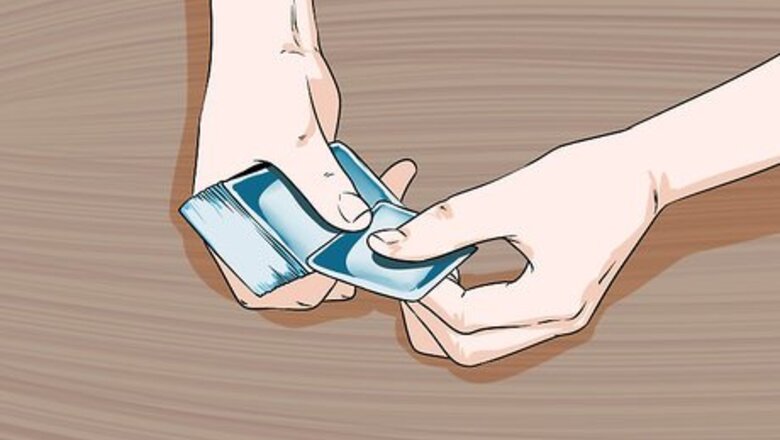
views
Preparing to Play

Get your hands on a Phase 10 deck. Unfortunately you can’t play the game if you don’t have the deck of cards. Phase 10 is made and distributed by Mattel Games, the maker of Uno. You can find the card game online at their website . If you don’t want to order online try checking your local game store.
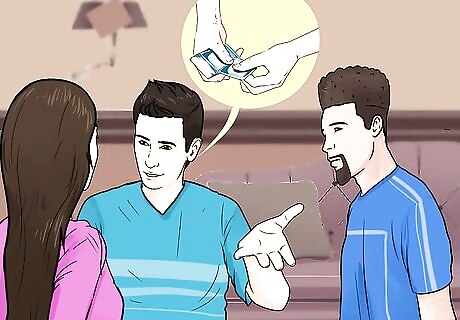
Find people who want to play Phase 10. You need between two and six people to play Phase 10. It isn’t a single player game so you will need some friends who want to play with you to join in.
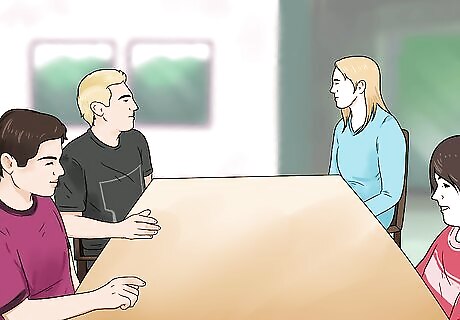
Find a suitable playing location. You will want a big table with seats for everyone. The game can get pretty spread out and you are dealing a whole deck so make sure everyone has enough room. If you don’t have a suitable table you can always play on the floor.
Learning the Game Terms
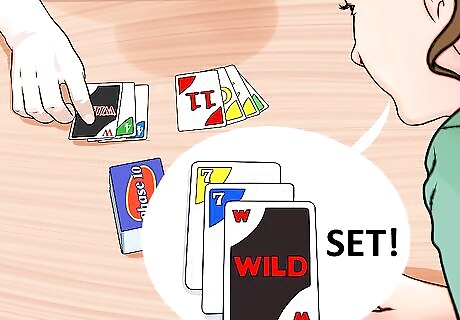
Learn the terms relevant to the game. These are necessary to learn before you get started playing. You don’t have to memorize them all immediately, just keep this sheep handy so that you can refer to it as the game goes on. As you continue playing the terms will start to stick in your memory. A set is 2 or more cards of the same number A run is 4 or more cards numbered consecutively (e.g. a 1 card, a 2 card, a 3 card, and a 4 card) A wild card can be used to complete a phase when a player is missing one of the necessary cards A skip card allows the player who uses it to choose another player to lose their turn Hitting lets players discard cards they don't want, so long as they play them immediately after a phase has been laid down; an example of this would be adding red cards to an initial play of 7 red cards (which is phase 8 of the game). However, players are only allowed to participate in hitting if they've already played their own phase for that round, and only when it's their turn. Going out describes the action of a player getting rid of their whole hand in a round, either by hitting or by using all their cards in their phase. As soon as any player goes out, the round ends and all players discard their cards to be shuffled and dealt for a new round.
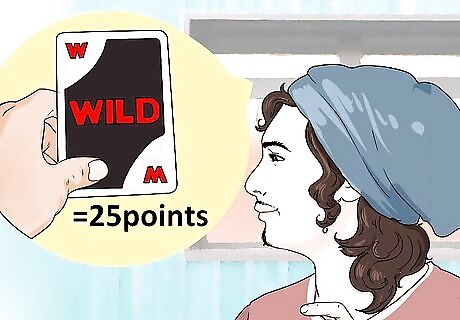
Learn how you win the game. The winner of the round is the first one to go out, or use up all their cards. The winner of each round scores a 0. Scoring is one of the most important parts of Phase 10, since the player with the lowest score at the end of the 10 rounds is the winner. Scoring is calculated at the end of each round. The rest of the players gain points for the cards still in their hands. Cards numbered 1 through 9 are worth 5 points Cards numbered 10 through 12 are worth 10 points Skip cards are worth 15 points Wild cards are worth 25 points
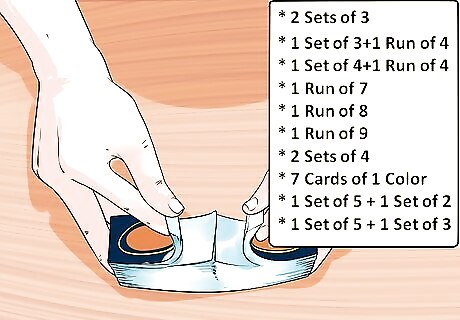
Recognize the 10 phases of the game. There are at least 10 rounds in Phase 10 and, consequently, 10 phases of play. The phases are listed below. Phase 1 is 2 sets of 3 Phase 2 is 1 set of 3 and 1 run of 4 Phase 3 is 1 set of 4 and 1 run of 4 Phase 4 is 1 run of 7 Phase 5 is 1 run of 8 Phase 6 is 1 run of 9 Phase 7 is 2 sets of 4 Phase 8 is 7 cards of the same color Phase 9 is 1 set of 5 and 1 set of 2 Phase 10 is 1 set of 5 and 1 set of 3
Playing the Game
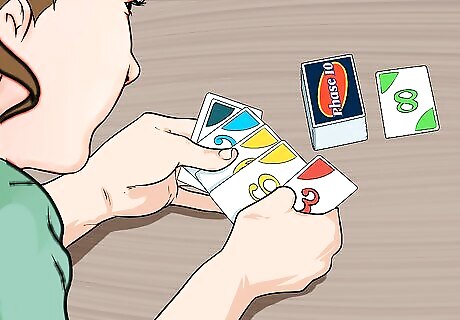
Shuffle and deal a deck of Phase 10 cards. This should include reference cards describing the 10 phases as well as 108 additional cards--24 red, 24 orange, 24 yellow, 24 green (all numbered), 4 skip cards, and 8 wild cards. Each player should receive 10 cards, which are held so that only the player holding the hand can see which cards they are.
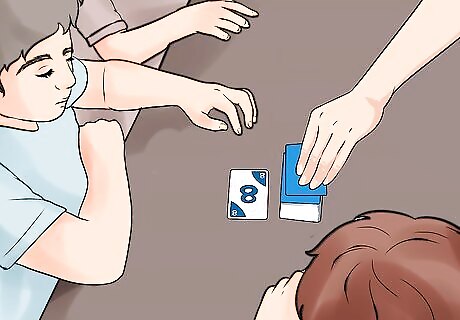
Put the rest of the deck down in the middle of the players. This will serve as the draw pile. Turn over the top card of this pile and set it face-up next to the draw pile. This will serve as the discard pile.

Start the game with the player to the left of the dealer. This player will take the top card of either the draw pile or the discard pile, then choose one of their cards to discard. During the first round, each player is trying complete phase 1 (see above) so they can go out and end the round.
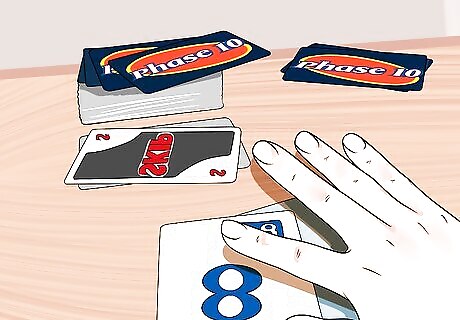
Stop playing once someone ‘goes out’. The round ends and all players score and discard their current hands . Anyone who completed phase 1 in round 1 moves on to trying to complete phase 2, but anyone who could not complete phase 1 needs to do so before proceeding. It is still possible for anyone to win, however; it all depends on who goes out and who ends up with a lot of cards.
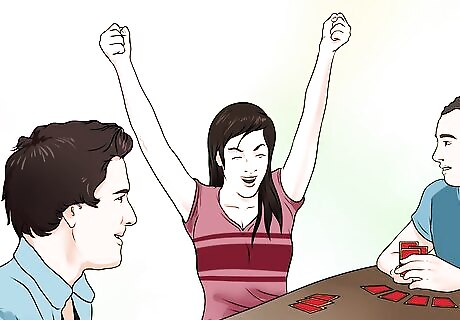
Continue playing in this manner until someone plays a phase 10 and goes out. This person is typically considered the winner, although some people play so that the person with the fewest points wins, no matter who ends the game.
Playing Phase 10 Shuffle
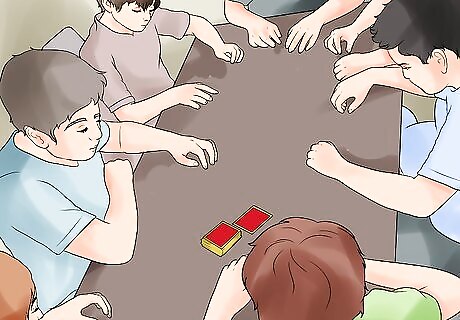
Combine two or more groups of Phase 10 into one game by using a process of promotion and demotion. This is a great way to get more than six people playing at one time. This method will also keep the groups changing each hand, allowing everyone to play together while also participating in separate games.
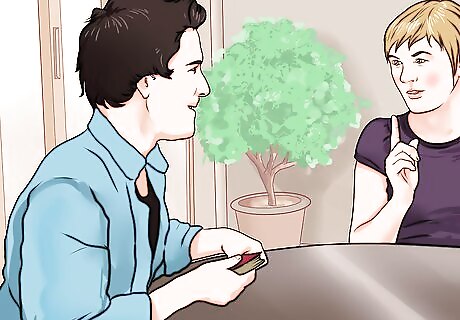
Select a similar number of participants to play in each group. For example you could do two groups of four, or a group of five with a group of six, or three groups of five, or anything else you choose. Do this at random so as not to be unfair.

Promote the winners of the first and subsequent hands along with those scoring the lowest of all players. Demote the players with the highest scores and those who are working on the lowest phases. Hopefully you don't hurt any feelings, but those are the rules of the game!
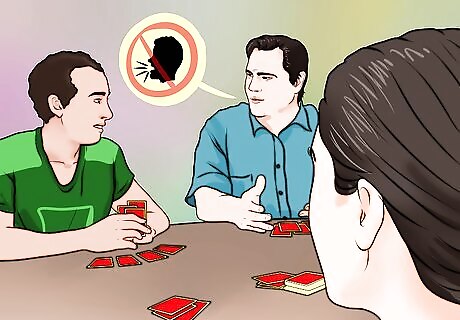
Add spice to the game by giving point penalties for behaviors you outline ahead of the game. These could be things like talking in general, talking to specific people, laughing, coughing, scratching, or anything else you come up with. For example, maybe you make a rule that the highest player is not allowed to talk to the lowest player. If they do speak to one another, you can apply a penalty to the players.

















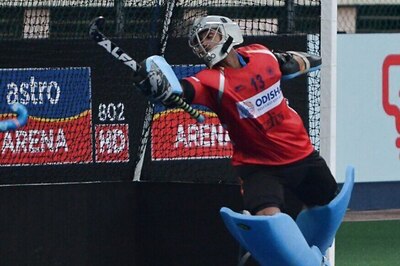


Comments
0 comment